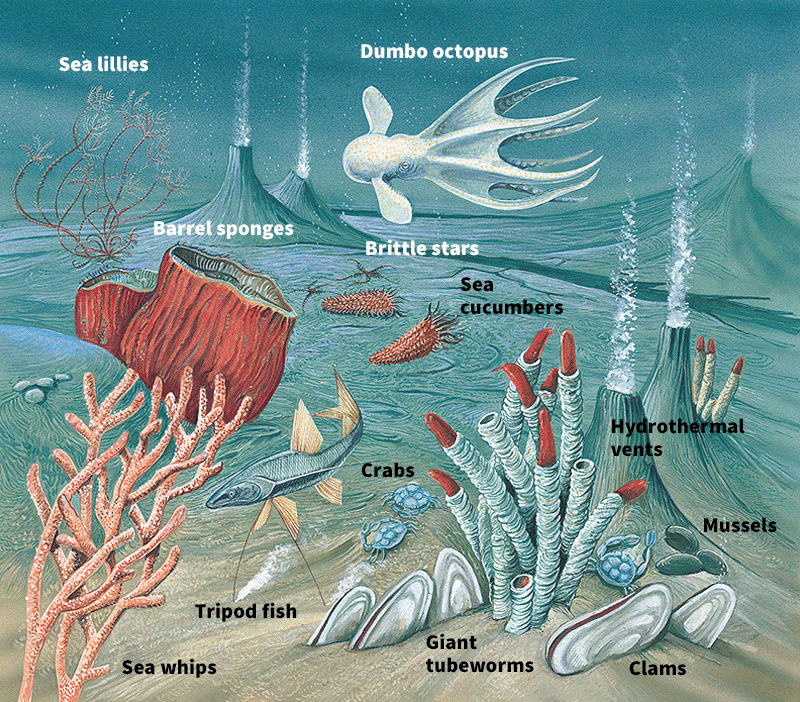Journey to the Bottom of the Sea
Thursday, March 29th, 2012March 29, 2012
On March 25, Canadian-born filmmaker and undersea explorer James Cameron became the first person to dive solo to the deepest-known part of the world’s ocean. Cameron, who has directed such films as Aliens (1985), Titanic (1997), and Avatar (2009), descended to a canyon called the Mariana Trench, which lies nearly 7 miles (11 kilometers) below the surface of the western Pacific Ocean. The area, the lowest-known point of Earth’s crust, is located near the United States Territory of Guam.

James Cameron became the first person to dive solo to the deepest part of the ocean. (Courtesy Jason LaVeris, FilmMagic/Getty Images)
Cameron reached the Mariana Trench in a submersible called Deepsea Challenger. Submersibles are research vessels built to withstand the crushing pressures and near-freezing temperatures found in ocean depths. Deepsea Challenger is a 26-foot- (7.9-meter-) high capsule that descends upright.
According to Cameron, he found the seafloor to be “devoid of sunlight, devoid of any heat, any warmth.” He reported that it was “completely featureless and uniform” and that the only organisms he saw were tiny, shrimp-like arthropods (animals with jointed legs and no backbone). Cameron planned to create a television special for National Geographic and a 3D film for commercial release about his journey. Before Cameron, the only persons to descend into the Mariana Trench were U.S. Navy Lieutenant Don Walsh and the late Swiss oceanographer Jacques Piccard, who explored the trench together in the submersible Trieste in 1960.
Although Cameron is best known as a filmmaker, he has made more than 70 ocean dives over the years, including a dozen during the filming of Titanic, a movie about the sinking in 1912 of the largest and most luxurious ocean liner of the day. The Titanic struck an iceberg during its maiden voyage from England to the United States, causing the deaths of more than 1,500 people. The exact whereabouts of the ship remained unknown for decades until a team of French and American scientists led by Jean-Louis Michel and Robert D. Ballard found the wreck in the north Atlantic near Newfoundland and Labrador, Canada, in 1985 at a depth of about 2.4 miles (3.8 kilometers).
Additional World Book articles:
- Deep into the Past (a special report)
- Deep sea
- Archaeology 1985 (a Back in Time article)
- Ocean 1960 (a Back in Time article)



